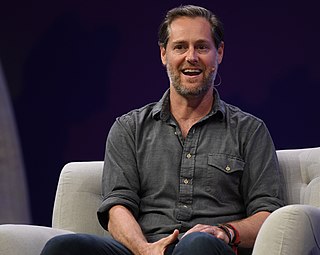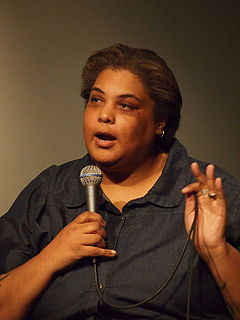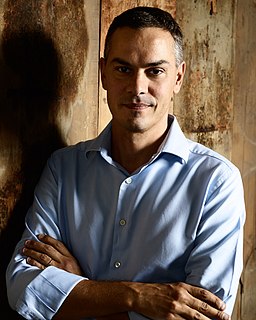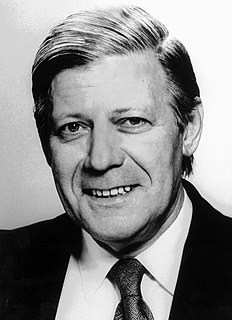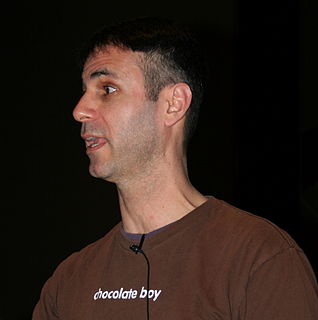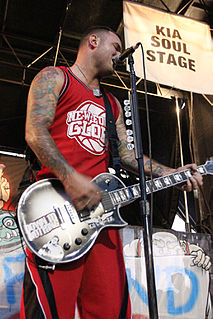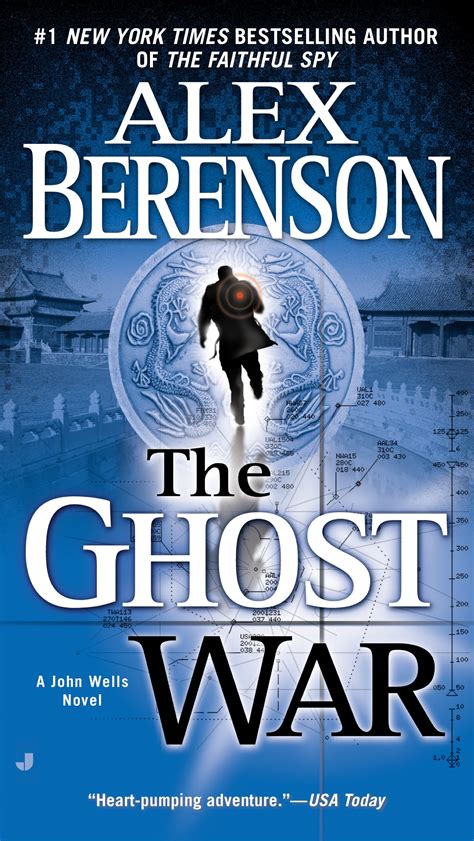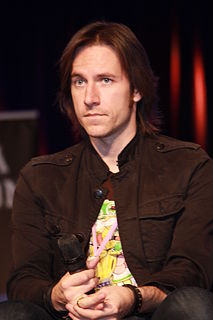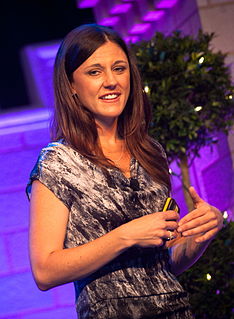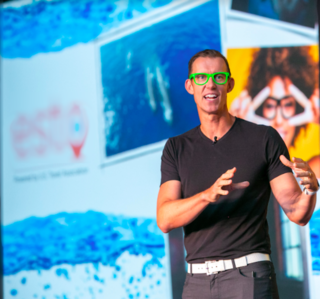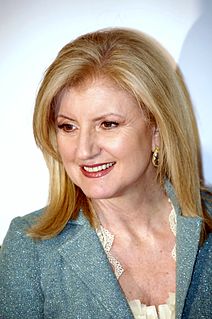A Quote by Ryan Holmes
The point is that instead of a monolithic brick of printed content - delivered more or less unchanged to all subscribers - social media offers news that is personalized and nimble.
Related Quotes
Social media is something of a double-edged sword. At its best, social media offers unprecedented opportunities for marginalized people to speak and bring much needed attention to the issues they face. At its worst, social media also offers 'everyone' an unprecedented opportunity to share in collective outrage without reflection.
You witness the artists acting as witnesses, but they provide a point of view that's less monolithic. It's less official in a certain way. Many artists are speaking in the first person singular, as a reaction to dubbed-over media commentary. The thought is: "Enough with how we're represented by the media. Let me tell the story."
On social media, like on Instagram and stuff that I post, and the way that I view myself, and portray myself on there, that's definitely a much more personalized take. I'm not collaborating with people to make that, it's my own social media platform in which I'm - it's not a character, it's just me.
I'm going to proportion more time to organizing and taking action and less time to passively consuming news that is dispiriting me. Part of this will be to get off social media. I know social media is just a tool, but we've been using it in a way that has transformed us from a nation into an audience, passively spectating our own ruin.
Because of social media being such a marketable format, things are constantly being released, so people don't pay as much attention because they have a million things being thrown at them. You reach more people, but now there's more content. Before, it was harder to get the people but there was less content.
Aggregating is only a part of what we do: HuffPost offers a combination of original blog posts (approximately 200 a day), original reporting, syndicated news (like from AP) that we pay for, and licensed content (via content-sharing partnerships). Original blog posts and pieces from our reporters account for more than 40 percent of all content viewed on HuffPost.
